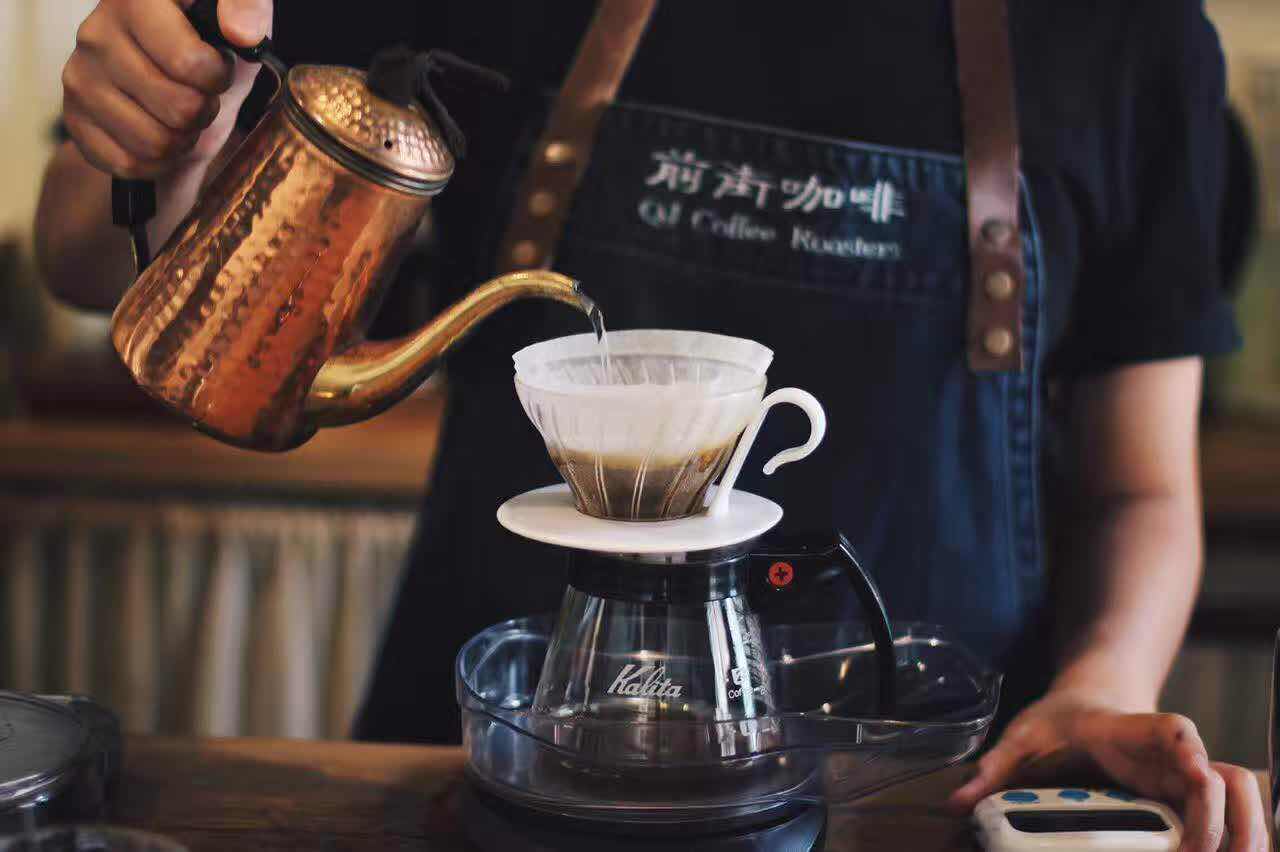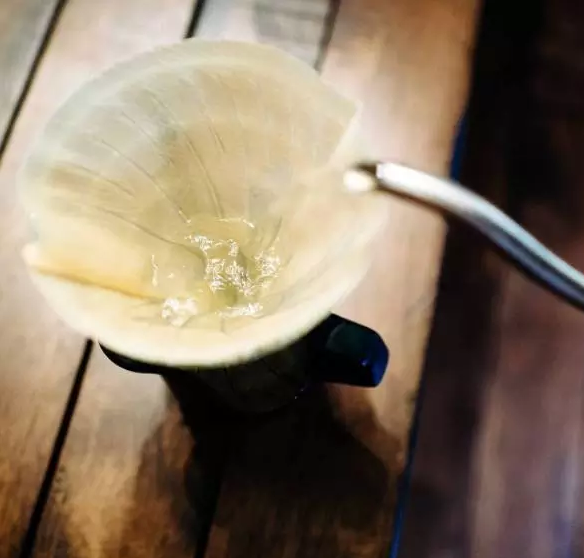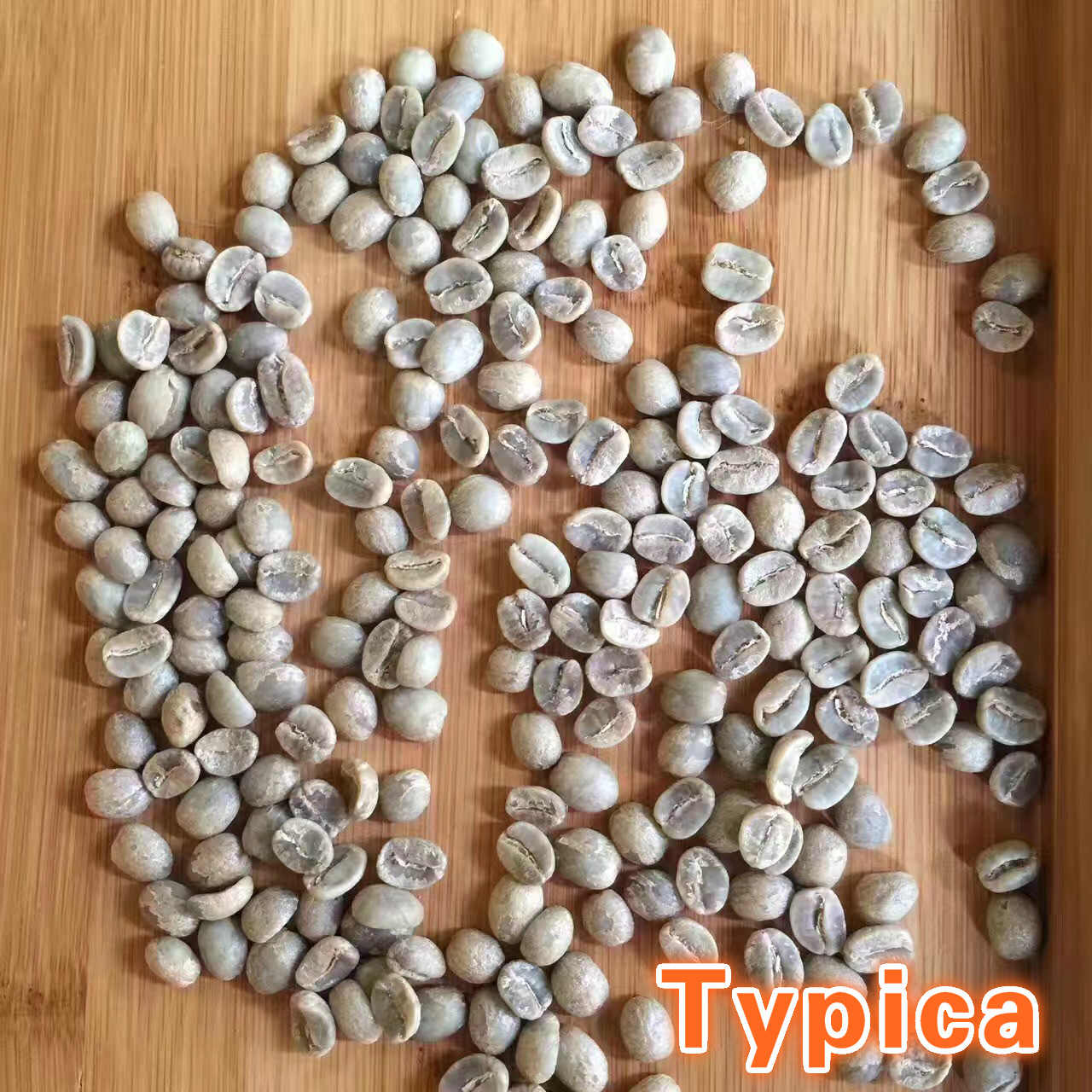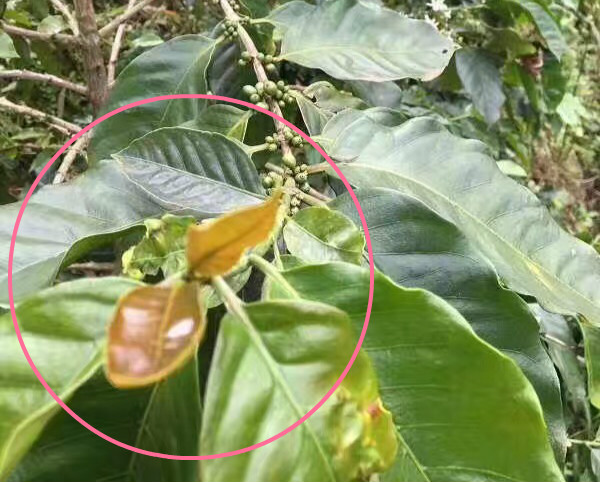Experience sharing: how to use V60 to make Yunnan small Typica iron pickup truck
For professional baristas, please follow the coffee workshop (Wechat official account cafe_style)
Typica iron pickup truck
Typica is one of the oldest native varieties in Ethiopia. Tibica's top leaves are bronzed and the beans are oval or thin in shape; elegant flavor, but weak physique, poor disease resistance and low fruit yield.
Typica is one of the oldest varieties of Arabica coffee discovered today, and the other is called bourbon. The Arabica species originated in Ethiopia, where it still grows naturally today in the highlands of the pristine rainforest. In the 13th and 14th centuries, the tree was brought to Yemen, and around 1700, iron pickups were planted in Hortus Botanicus in Amsterdam for breeding. The Ironpickup saplings are the first saplings brought from the Dutch royal garden to Central and South America and the New World to be planted. Iron pickup is a pure precious tree species with oval fruit shape, brass leaves and varied fruit flavor.
The iron card species is one of the oldest Arabica tree species and has derived many other variants. The Ironpika bean is slender, the tree is tall, the fruit is oval, and the branches are slightly inclined. The four iron pickups are slender and open, tilting at an angle of 50 to 70 degrees. The coffee yield of each tree is very low, but the cup test score is very high.
Formerly known as Arabica Iron pickup, the Scottish regiment brought the tree to Kenya from Yemen and planted it with bronze leaves. The Hawaiian tin card was introduced from Guatemala and renamed Kona with a brass leaf tip. Due to geographical reasons, the iron pickups planted on other coffee belts in the world are different. Iron pickups have been genetically evolved, and many variants are more adaptable to the surrounding environment and produce new characteristics, which are usually considered to be new varieties, such as Typica in Mexico is slightly different from Typica in Hawaii, so they have different names: Criollo (South America), Arabigo (America), Kona (Hawaii), Pluma Hidalgo (Mexico). Garundang (Sumatra), Blue Mountain (Yomaiga, Papua New Guinea) Signoro Bernado & San Ram ó n (Brazil), Kent and Chickumalgu (India).
The leaf tip of the iron pickup species has a feature, which is red copper, which is called red top coffee. Coffee tree opposite leaves are long oval, smooth leaves, the end of the branch is very long, few branches, and the flowers are white, open at the base of the petiole connecting the branch. The ripe coffee berries look like cherries and are bright red with sweet flesh and contain a pair of seeds, namely coffee beans (Coffee Beans).
Iron pickup is the first coffee variety grown in the new world. The iron pickup planted in Java was a Dutch gift to Father Louis XIV of France and survived in Persian gardens. The seeds were brought to French Martinique by the French in 1720.
Iron pickup is the ancestor of many coffee derivatives. Like other Arabica tree species, the iron pickup fruit is oval, the branches are slightly inclined, the tin card tree is 3.5 to 4 meters high, and the branch inclination is 50 to 70 degrees. The yield of the iron pickup is very low, but the cup test quality is very high.

Huaguoshan, Yunnan (Typica):
Baking degree: medium baking
Dried fragrance: pear fruits (pear-fruit), vanilla (vanila-like), honey (honey-like), peach tea (peach tea), ripe oranges (ripe orange), jasmine (jasmine hints)
Wet fragrance: nutty (nutty), milk chocolate (milky chocolate), herbs (herbal-floral)
Palate: supple in the mouth, aroma of Asian herbs, lively and bright sour taste, good balance between cheeks, soft acidity, mellow balance, rich layers, obvious taste of dark chocolate, honey and sucrose, brown sugar flavor after complete cooling.
Recommended cooking methods: siphon, hand flushing
Degree of grinding: 4 (Fuji R440)
Water temperature: 90 °C
Other suggestions for trickling extraction:
Normal pressure, recommended grinding degree of 3.5-4 / water temperature 90 °C
Philharmonic pressure, recommended 2.5 grinding degree, water temperature 88 °C
Hand punch: 3.5 degree of grinding, water temperature 89 °C

Important Notice :
前街咖啡 FrontStreet Coffee has moved to new addredd:
FrontStreet Coffee Address: 315,Donghua East Road,GuangZhou
Tel:020 38364473
- Prev

Yunnan small grain flower fruit mountain Typica iron pickup Arabica boutique coffee beans
Traits: Yunnan Huaguo Mountain (Typica): baking degree: moderate baking dry aroma: pear fruit (pear-fruit), vanilla (vanila-like), honey (honey-like), peach tea (peach tea), ripe orange (ripe orange), jasmine (jasmine hints) wet fragrance: nutty (nutty), milk chocolate (milky chocolate), grass
- Next

How to identify the fresh coffee fruit sent back from Yunnan?
Typica: the shape is oval, the bean body is thin from the side, even if the altitude of the planting area is different, the thickness of the side of the raw bean will not be too different. Iron card species are most likely to be taken by Yemenis from Ethiopia to Malabar and India, and then to Indonesia by the Dutch. It was then brought from West India to the French colony of Martinique. With
Related
- Detailed explanation of Jadeite planting Land in Panamanian Jadeite Manor introduction to the grading system of Jadeite competitive bidding, Red bid, Green bid and Rose Summer
- Story of Coffee planting in Brenka region of Costa Rica Stonehenge Manor anaerobic heavy honey treatment of flavor mouth
- What's on the barrel of Blue Mountain Coffee beans?
- Can American coffee also pull flowers? How to use hot American style to pull out a good-looking pattern?
- Can you make a cold extract with coffee beans? What is the right proportion for cold-extracted coffee formula?
- Indonesian PWN Gold Mandrine Coffee Origin Features Flavor How to Chong? Mandolin coffee is American.
- A brief introduction to the flavor characteristics of Brazilian yellow bourbon coffee beans
- What is the effect of different water quality on the flavor of cold-extracted coffee? What kind of water is best for brewing coffee?
- Why do you think of Rose Summer whenever you mention Panamanian coffee?
- Introduction to the characteristics of authentic blue mountain coffee bean producing areas? What is the CIB Coffee Authority in Jamaica?

